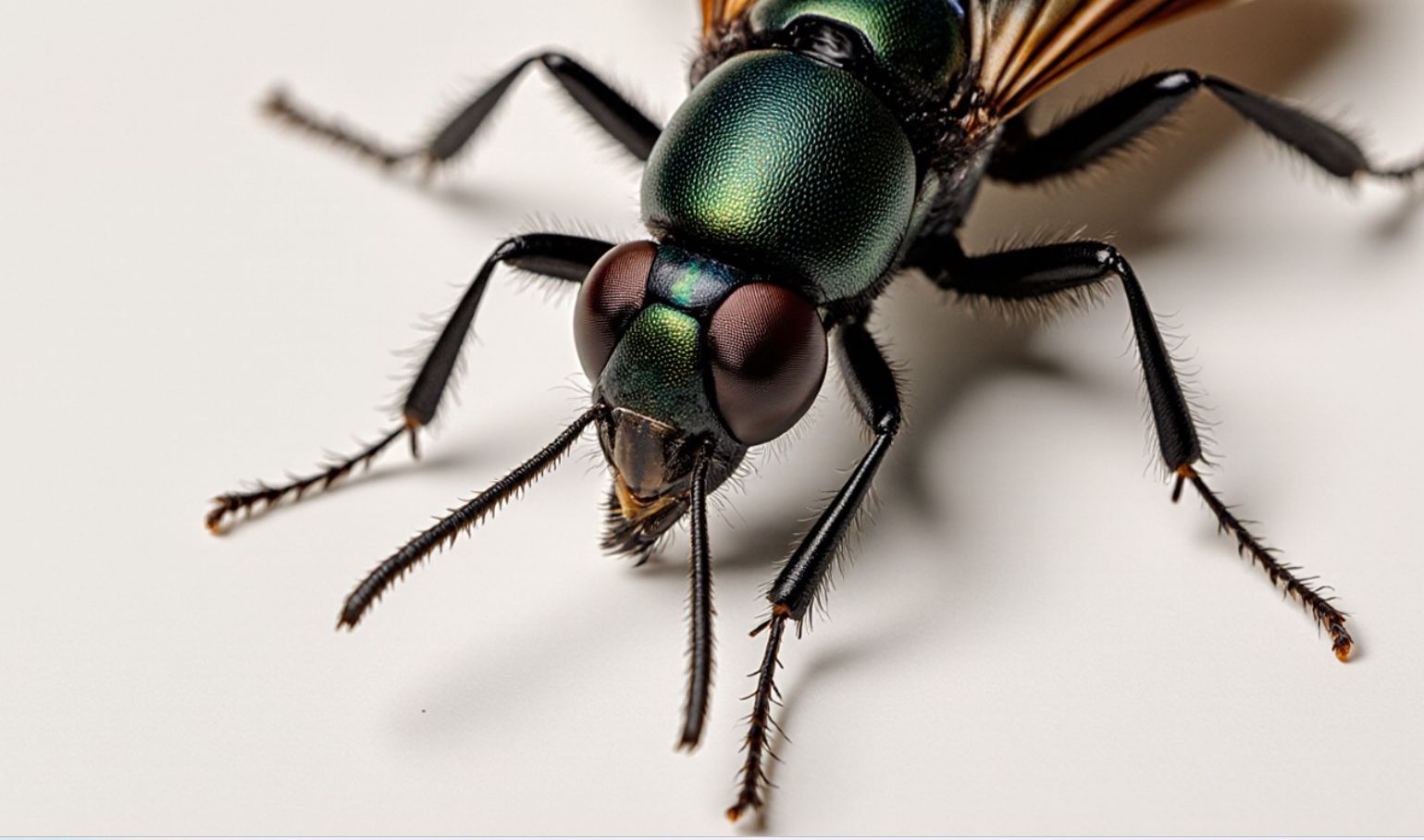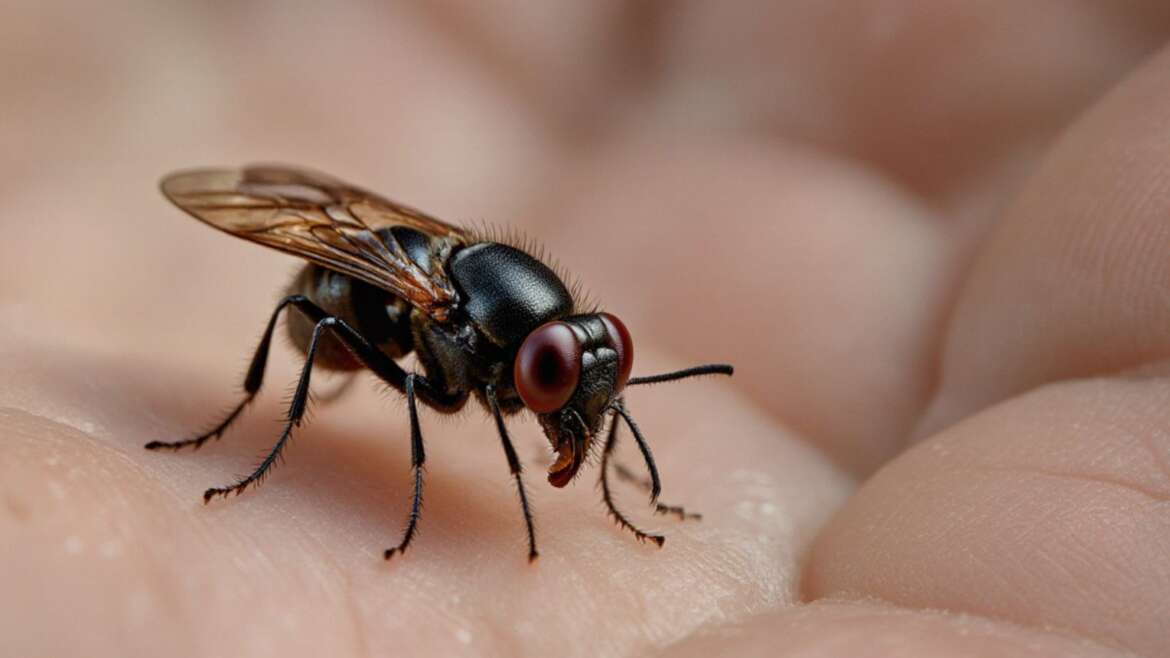Sooner or later, in any household with young children, this song will undoubtedly echo from the speakers: “At night, in the moonlight, a tiny egg lay on a leaf. And when on a beautiful Sunday morning the sun rose bright and warm, a small hungry caterpillar hatched from the egg. It set off to search for food.” The song can be enjoyed on YouTube – complete with a noteworthy amateur performance – as a music video.

However, things don’t quite happen in the wild as they do with *The Very Hungry Caterpillar*. The female butterflies only lay their eggs on plants that will certainly be palatable to their offspring later on. Therefore, after hatching, the caterpillar doesn’t have to “set off” in search of something edible, like Eric Carle’s insatiable specimen; instead, if all goes well, it’s already in a culinary land of plenty.
Now, in its search for the right spot for its offspring, the butterfly cannot simply bite into every leaf it encounters while flying through meadows, fields, and gardens. Unlike the voracious caterpillar, which in the story munches its way through apples, cucumbers, and cakes, or in real life targets a small selection of plants, the butterfly doesn’t even possess suitable mouthparts for this. Instead, these animals employ a very special sensory ability in their search: they drum their tiny feet on the leaf surface, taste, and then decide within seconds whether or not to choose that location.
Through tiny openings in the sensory hairs (called chemosensilla), which are arranged on their feet like the bristles of a toothbrush, taste compounds are absorbed and analyzed by the butterfly’s brain. The females thus taste with their feet and then decide, based on the perceived chemical compounds, whether to lay an egg or fly on and try elsewhere.
And the butterflies’ taste is very specific: For example, the Japanese swallowtail (Papilio xuthus) is only prompted to lay eggs when a complex chemical signature of certain flavonoids, nucleosides, alkaloids, and a cyclitol spreads beneath its feet, typical for some rue family plants, such as the citrus plant Citrus unshiu. This was discovered by Japanese researchers led by Katsuhisa Ozaki from Osaka University. They published a study on this in late 2011 in the online journal Nature Communications.
If one of these taste compounds is tested alone on artificial leaves in the laboratory, the butterfly will not lay an egg. The native swallowtail (Papilio machaon) also only reacts when it tastes a cocktail of six different substances while drumming its feet. From this composition, the brightly colored butterfly can apparently even deduce the age or health status of the host plant. A practical skill – for the reproduction project to succeed, it is advisable to choose a host plant brimming with health (still!) rather than one wilting away.

